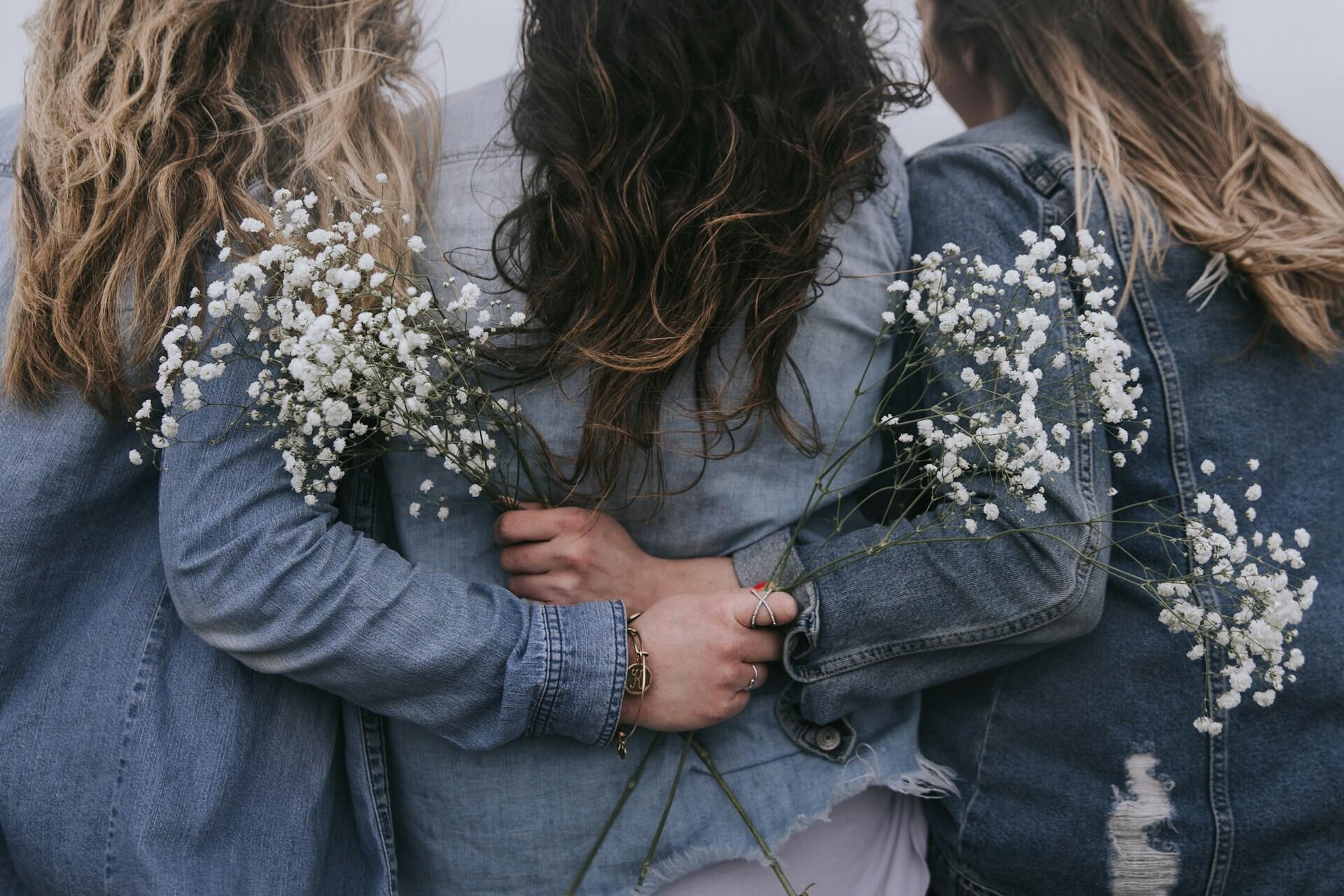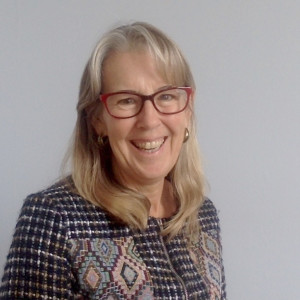When asked about important women from Ireland, Brigid of Kildare usually tops the list. Or, Mary Robinson, a more recent example of a famous Irish politician who is female. Indeed, these women are noteworthy but, as so many know of them, we talk about women in Irish history who aren't so renowned. Ireland's female gun runners, doctors, activists, and mathematicians populate our list.
| Who? | When? | Known for? |
|---|---|---|
| Sybil Connolly | 1921 - 1998 | Being the Irish fashionista with the most extensive reach. |
| Kay McNulty | 1921 - 2006 | Being one of the world's first computer programmers. |
| Margaret Skinnider | 1893 - 1971 | Being the only woman wounded in action (during the Rising) |
| Rosie Hackett | 1892 - 1976 | Being one of the youngest people ever to set up a labour strike. |
| Dorothy Stopford Price | 1890 - 1954 | Bringing the BGC (tuberculosis) vaccine to Ireland. |
| Helena Molony | 1883 - 1967 | Being the first female political prisoner in Ireland. |
| Mary Spring Rice | 1880 - 1924 | Being a very hands-on Irish nationalist activist. |
| Molly Childers | 1875 - 1964 | Being a gun runner for the Irish Volunteers. |
| Lilian Bland | 1878 –1971 | Being the first Irishwoman to build and fly an aircraft. |
| Hanna Sheehy Skeffington | 1877 - 1946 | Founding the Irish Women's Franchise League. |
| Kathleen Lynn | 1874 - 1955 | Founding St Ultan’s Hospital for Infants. |
| Annie Russell Maunder | 1868 - 1947 | Being a top mathematician. |
| Agnes Clerke | 1842 - 1907 | Writing 'A Popular History of Astronomy during the Nineteenth Century'. |
| Jenni Wyse Power | 1858 - 1941 | Being a wildly effective political activist. |
| Jane Wilde | 1821 - 1896 | Being a gifted author. |
| Grace O'Malley | 1530 - 1603 (estimated) | Being a thorn in the British ruling class' side. |

Sybil Connolly
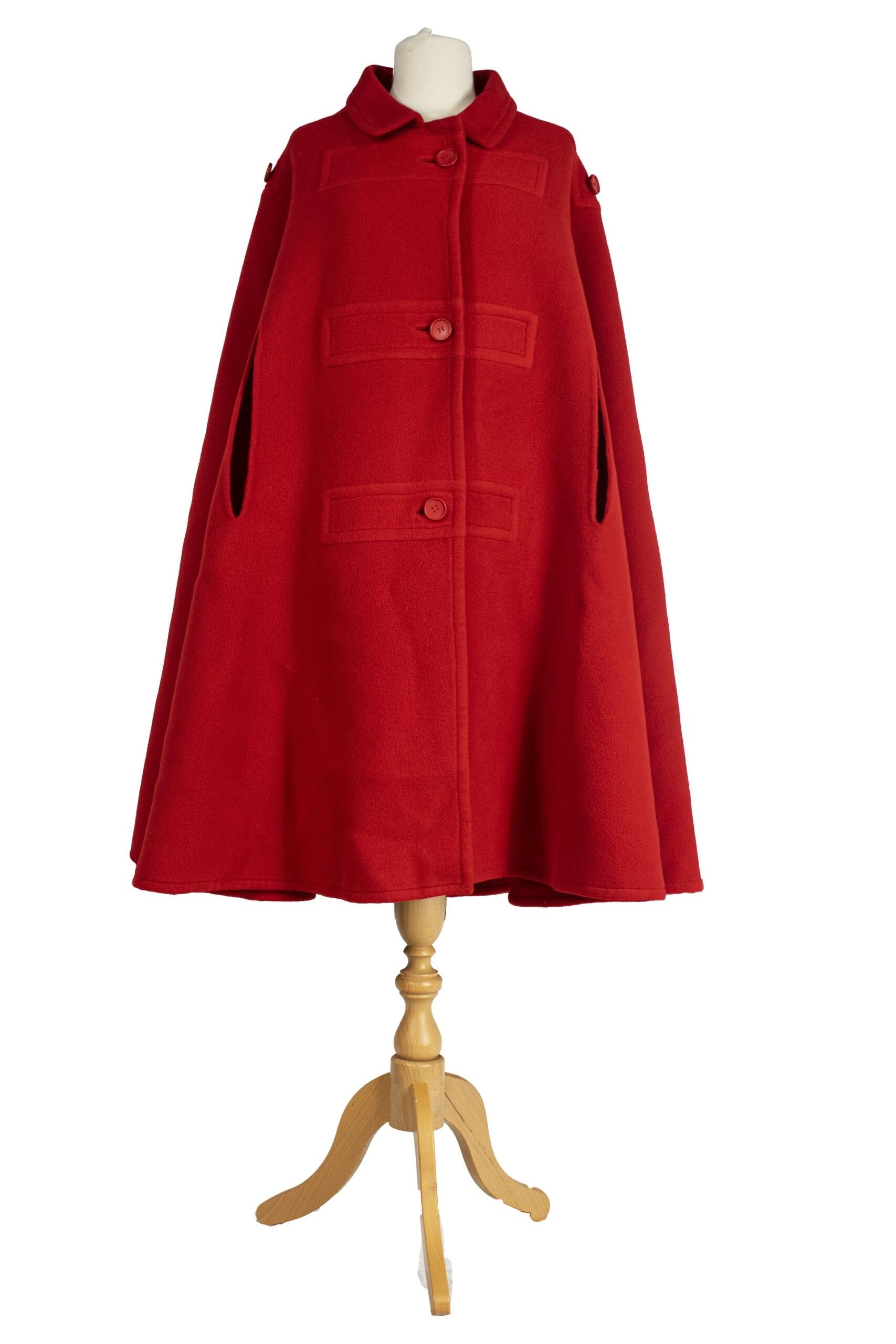
Sybil is one of the first Irish fashion designers to earn international recognition. Her innovative styles inspired the likes of Jacqueline Kennedy, Elizabeth Taylor, and many other elite women.
She incorporated Irish textiles and textures into her designs. Soon, famous women the world over were wearing Irish tweed, lace, and linen, thanks to Sybil.
She often doesn't make it onto any list of renowned Irish people, which typically features politicians, celebrities, and athletes.
However, what she did for Irish culture and fashion is remarkable. She's earned her place on our list of women from Ireland who've made their mark on the world.
Kay McNulty
Kay always had a head for figures. In high school and at university, she took every maths course available. Unsure where all this maths ability could take her, she began casting about for suitable work.
In the 1940s, it was still unacceptable for women to work in any technical field.
She reasoned that being an insurance actuarian would make the most of her maths skills, so she earned her Master's Degree in business. But then, she saw a job advert for female mathematicians. The United States Army hired her (and five other women) to calculate ballistic trajectories. Later, when the first Turing-complete computer came online, she was a natural to program it.
Margaret Skinnider
Margaret might have happily lived out her days as a Glasgow schoolteacher, but rumours of action in Dublin put her on the next train headed there.
In her luggage, she carried bomb detonators, and she bore wrapped lengths of wire around her body.
She delivered those supplies, and took her position as a sniper, earning three citations for bravery.

We had the same right to risk our lives as the men ...
Margaret Skinnider
Back then as today, this is a view few people accepted, male or female. However, Margaret had it right: women are just as patriotic, and as capable, as men. Besides her quest for equality, her legacy includes being the only woman wounded in action during The Rising.
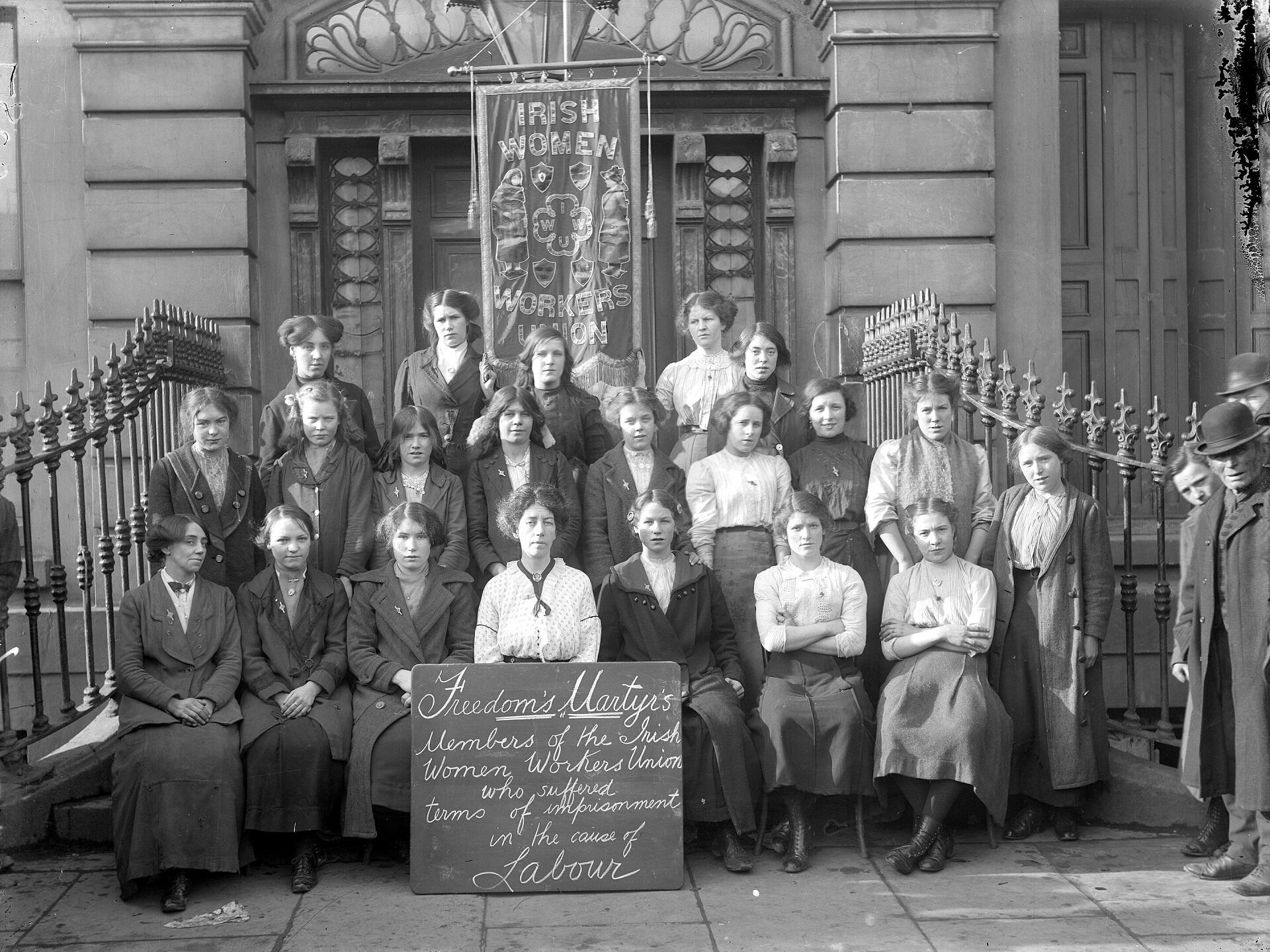
Rosie Hackett
If ever anyone was born with a revolutionary spirit, Rosie was. She was just 18 when she led her first labour strike; she went on to found the Irish Women Workers' Union (with Delia Larkin). The Dublin Lockout saw her in soup kitchens, making sure everyone stayed fighting fit. Once that resolved, she poured all her energies into The Rising.
Dorothy Stopford Price
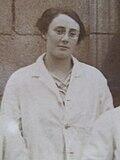
Dorothy was a dispensary doctor during the 1930s, the time tuberculosis ravaged Ireland. She took it upon herself to import the BCG vaccine, and began conducting trials. Once she determined its effectiveness, she petitioned for its nationwide use. Her efforts caused friction with Dublin's archbishop, who insisted healthcare should remain a Church responsibility.
Helena Molony
Helena was 'all over the map', to use today's language. She was an actress, a magazine editor, a provider of school lunches. She was a rebel for the Rising cause, and Michael Collin's courier. She slept with revolutionary pamphlets under her pillow, and a gun nearby.
Helena went to prison for smashing a portrait of George V as he was visiting.
These days, we don't celebrate Helena for the famous Irish actor that she was. We reflect on her tenacity, and her fight to improve society, no matter the cost to herself.
Mary Spring Rice

History tends to paint aristocrats opposing any type of activism, but Mary Spring Rice defies that stereotype.
She was a hands-on rebel for the Irish Nationalist cause, raising funds and running guns.
This remarkable photograph shows her with Molly Childers, on one of their gun runs into Howth Port.
Molly Childers
Molly also came from privilege, and was equally fervent in supporting nationalism. Her case presents us with two plot twists: her American birth, and her physical limitations - she couldn't walk without crutches. She spent her life supporting Irish causes. Her son, Erskine Hamilton Childers, took up the mantle: he became Ireland's fourth president.

Lilian Bland
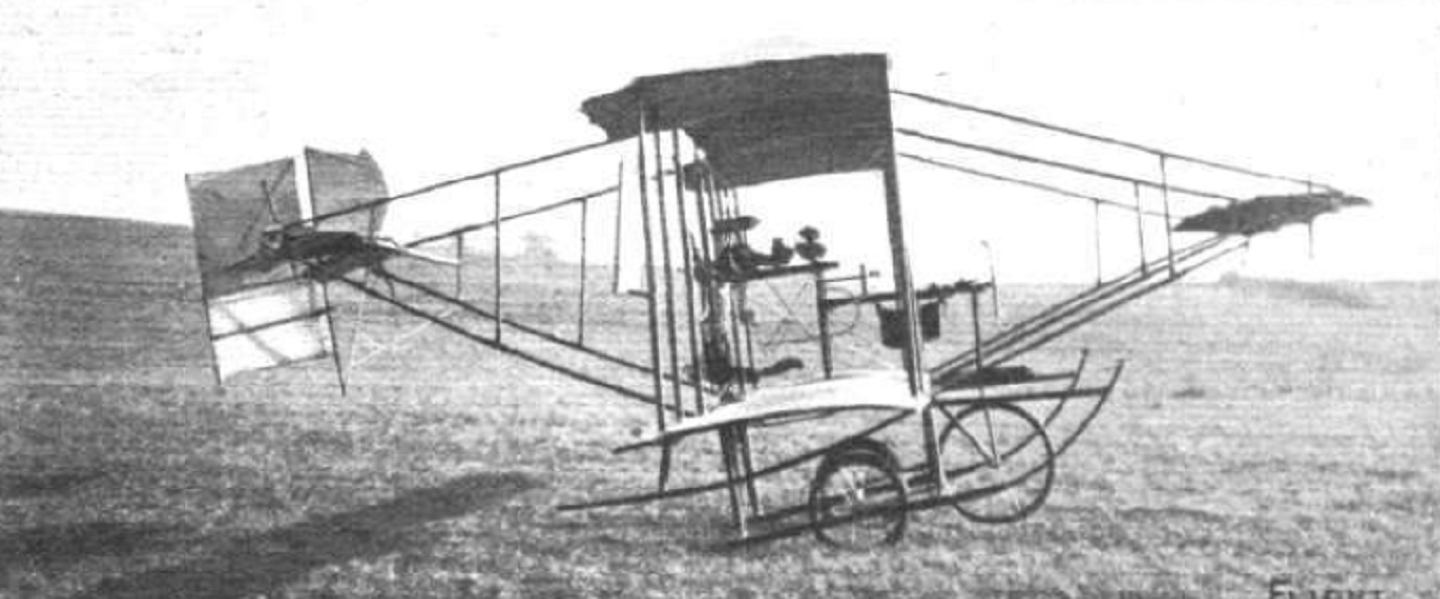
The Wright Brothers get all the credit for the first flight, but this female aviator deserves accolades, too. Just seven years after the Wrights' flight, Lilian designed, built, and flew her plane. She is the world's first female aviation engineer.
Hanna Sheehy Skeffington
If anyone deserves attention for their role as a historic figure in Ireland, Hanna is she. Were it not for her ceaseless efforts, women's rights - in Ireland, and around the world, might not be so far advanced.
She did two stints in jail after protesting women not getting voting rights.
Remarkably, she campaigned for men's rights as fervently as she did for women's.

Kathleen Lynn
This Irishwoman's Curriculum Vitae is so long, it might belong to four people. Like many of the famous Irish women on our list, she was a women's rights activist, and engaged in politics. But, she also:
- trained and served as a doctor (ophthamology)
- was a medical doctor for the Irish Citizen Army during the Rising
- a co-founder of St Ultan's Hospital for Infants
For all her activity - political, medical, and charitable, Kathleen bore much scorn. The menfolk derided her as a 'hysterical young woman', deranged, and irrational. They wanted her home, 'polishing the brasses'. Instead, she was elected to the Dáil (but never claimed her seat).
Annie Russell Maunder
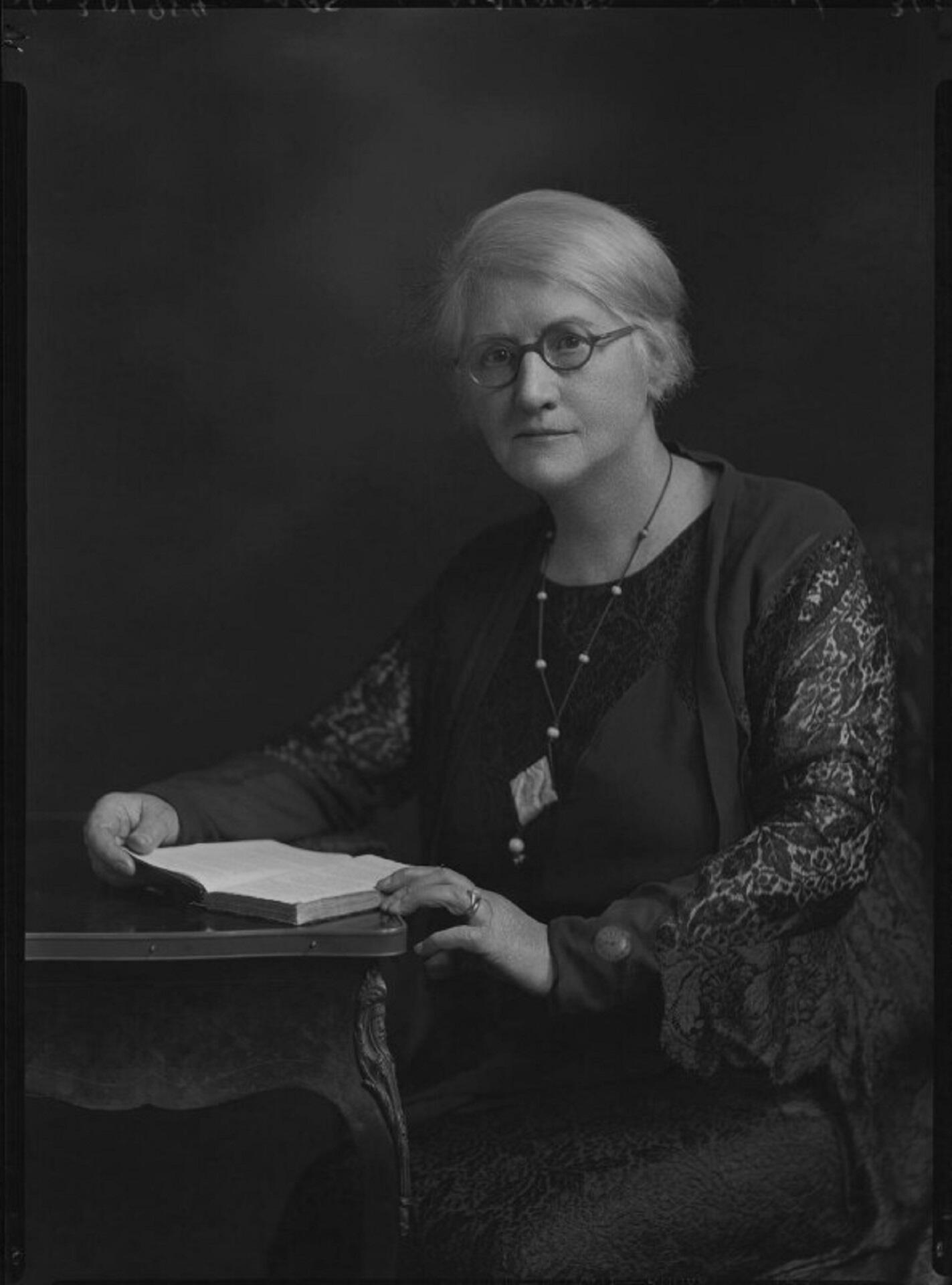
It's only been very recently that women have gained credibility across academia, as well as professional circles.
Annie Maunder is yet another instance of a brilliant woman forbidden from exploring her full potential, because of arbitrary gender norms.
She graduated at the top of her Mathematics class at Cambridge but the rules of the time barred women from receiving diplomas.
She found work at the Greenwich Royal Observatory, far below her qualifications, and was forced out of her job when she married. Still, her work made an impact and was often cited, typically credited to her husband, rather than her.
Annie Russell Maunder is one of two Irish women with a moon crater named after them.
Agnes Clerke
Ms Clerke is the other Irishwoman whose name graces a moon crater. She began writing her seminal work, 'A Popular History of Astronomy During the 19th Century', when she was 15 years old. She and her brother, Aubrey, helped found the British Astronomical Society.
Besides her passion for the stars, Agnes was a brilliant linguist: she penned book reviews in French, Greek, Italian, and German.
Jenni Wyse Power
Many famous Irish women in history on our list were activists, and several influenced The Rising's outcomes. However, Jenni Power played an outsized role, from its beginning to its end. For extra measure, she continued agitating for women's rights throughout.
Seán Mac Diarmada, Éamonn Ceannt, James Connolly, Thomas Clarke, Patrick Pearse, Thomas MacDonagh, and Joseph Plunkett signed the proclamation.
The history books overlook Jenni's part in the signing. Those men did so at her home, which doubled as her restaurant/shop. It later became the Irish Volunteers' headquarters.
Jane Wilde

Jane Wilde (1821-1896), also known by her pen name "Speranza," was a prominent Irish poet, translator, and nationalist during the 19th century.
Born in Dublin, she wrote revolutionary poems for the newspaper The Nation and was a strong voice for Irish independence.
Beyond her literary contributions, Jane was a fierce advocate for women's rights and education. As a hostess of popular literary salons, she helped shape Dublin's intellectual scene.
Though often overshadowed by her famous son, Oscar Wilde, Jane was a remarkable woman in her own right, combining literary talent with passionate political activism throughout her life.
Grace O'Malley
Irish folklore romanticises Grace and her deeds. In fact, she was a cunning politician and diplomat, and a strong leader.
She had power and influence enough to annoy the British ruling class, but charm enough to secure a meeting with Queen Victoria I.
Discoursing in Latin, Grace wrangled several concessions, including her son's release (from Richard Bingham's Connaught stronghold).
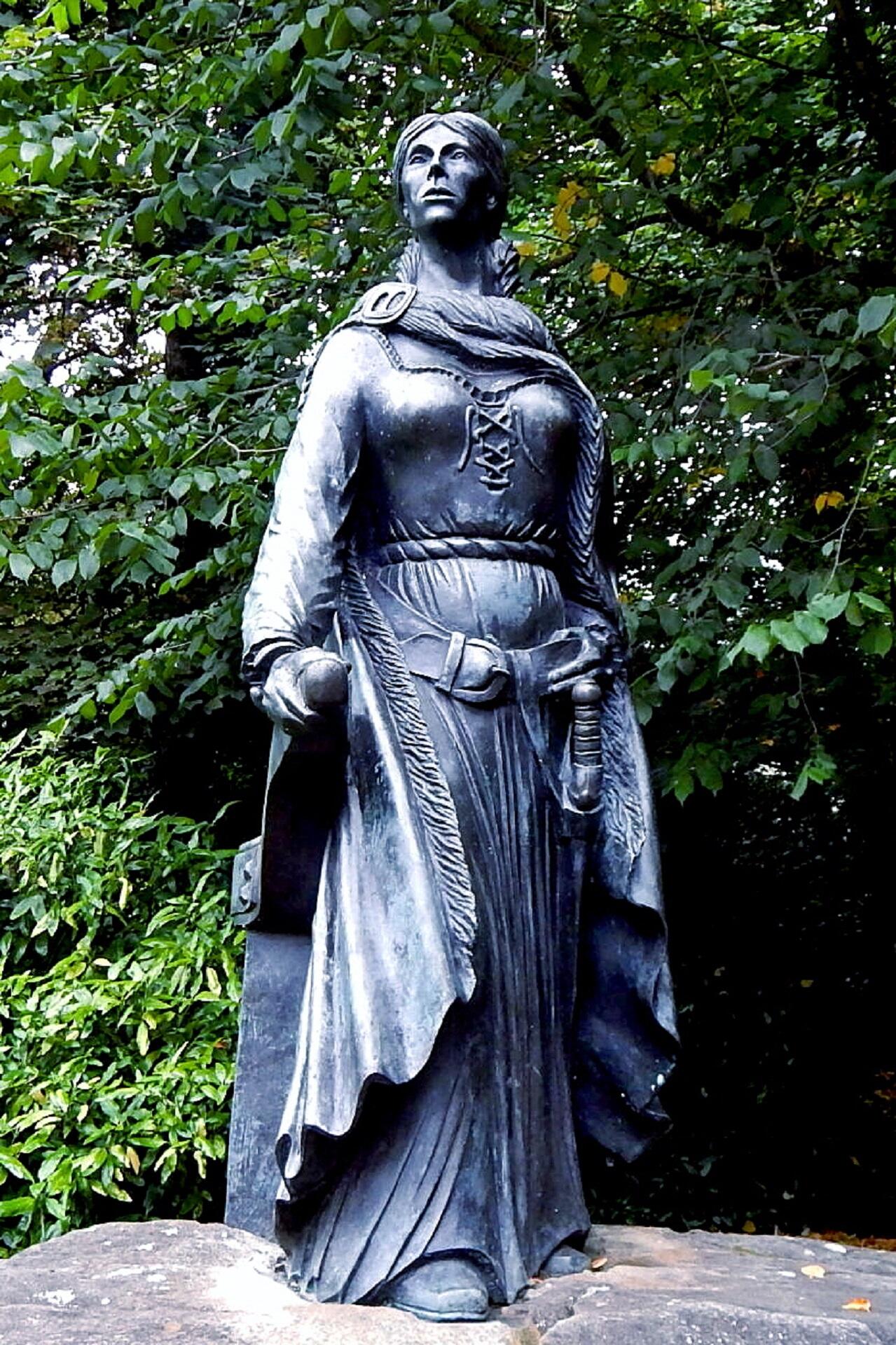
Special Mention: James Barry
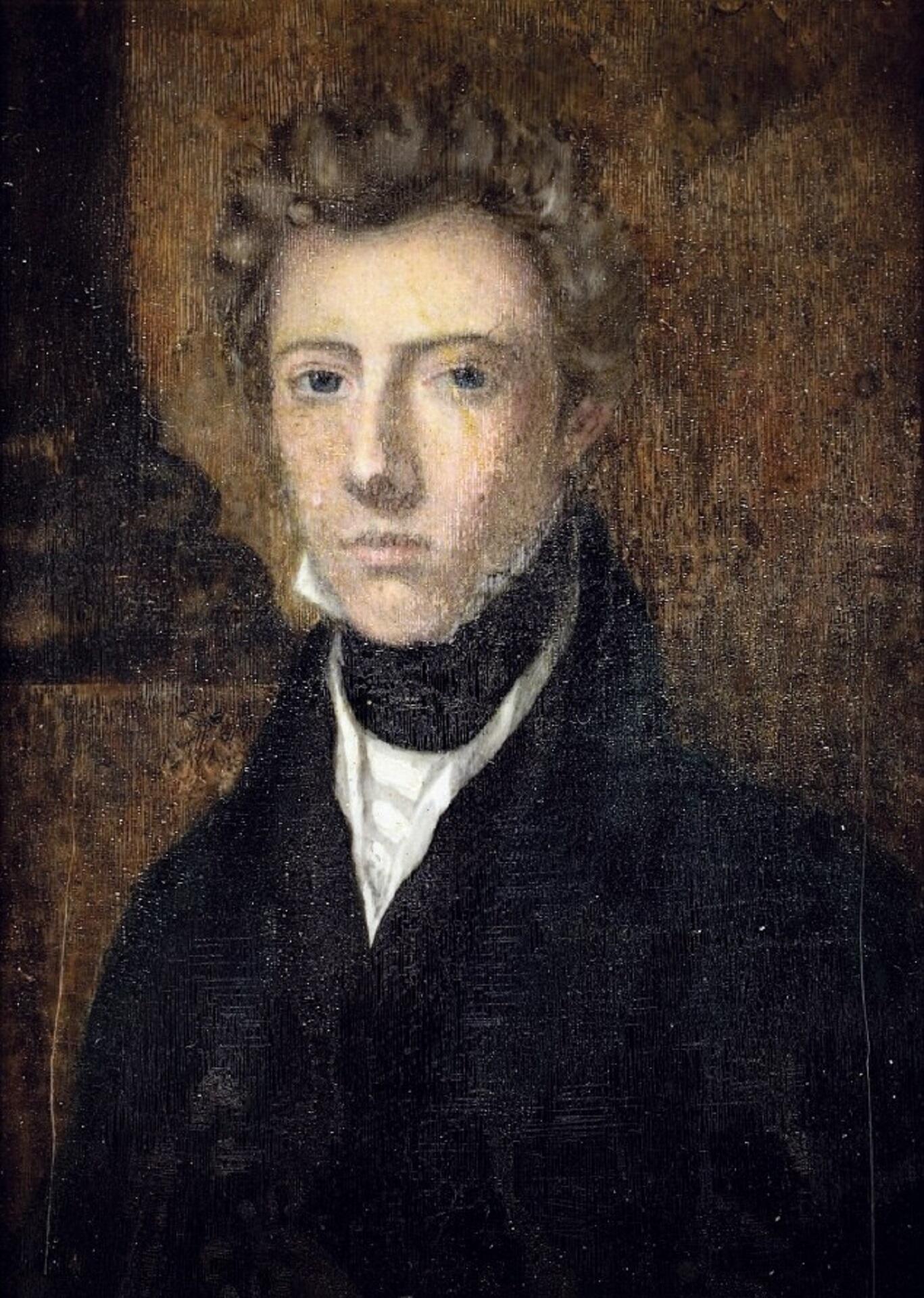
Dr. James Barry (born Margaret Anne Bulkley, c.1789-1865), believed born in Cork, Ireland, lived completely as a man while becoming an important military surgeon.
Barry improved medical care throughout the British Empire and performed one of the first successful cesarean sections in Africa.
The discovery after Barry's death of having been assigned female at birth creates complexity for historical categorisation.
Including Barry on a list of remarkable Irish women needs careful thought—while Barry's Irish roots and female assignment might point to this inclusion, Barry lived as a man throughout adult life.
Many modern experts see Barry through a transgender lens, suggesting listing Barry among women might go against Barry's lived identity. Others feel that noting Barry's female assignment shows the huge barriers overcome in a time when women couldn't become doctors.
Barry's achievements show a brilliant medical mind whose complex identity challenges how we understand gender in history. Whether included with remarkable Irish women or mentioned separately, Barry's legacy remains important both for medical contributions and as a significant figure in gender history.
As remarkable a figure as James Barry was, Irish writers and poets have shied away from telling Barry's story. The sole exception is Sebastian Barry's 2004 play, Whistling Psyche, which imagines a meeting between Florence Nightingale and James Barry.

